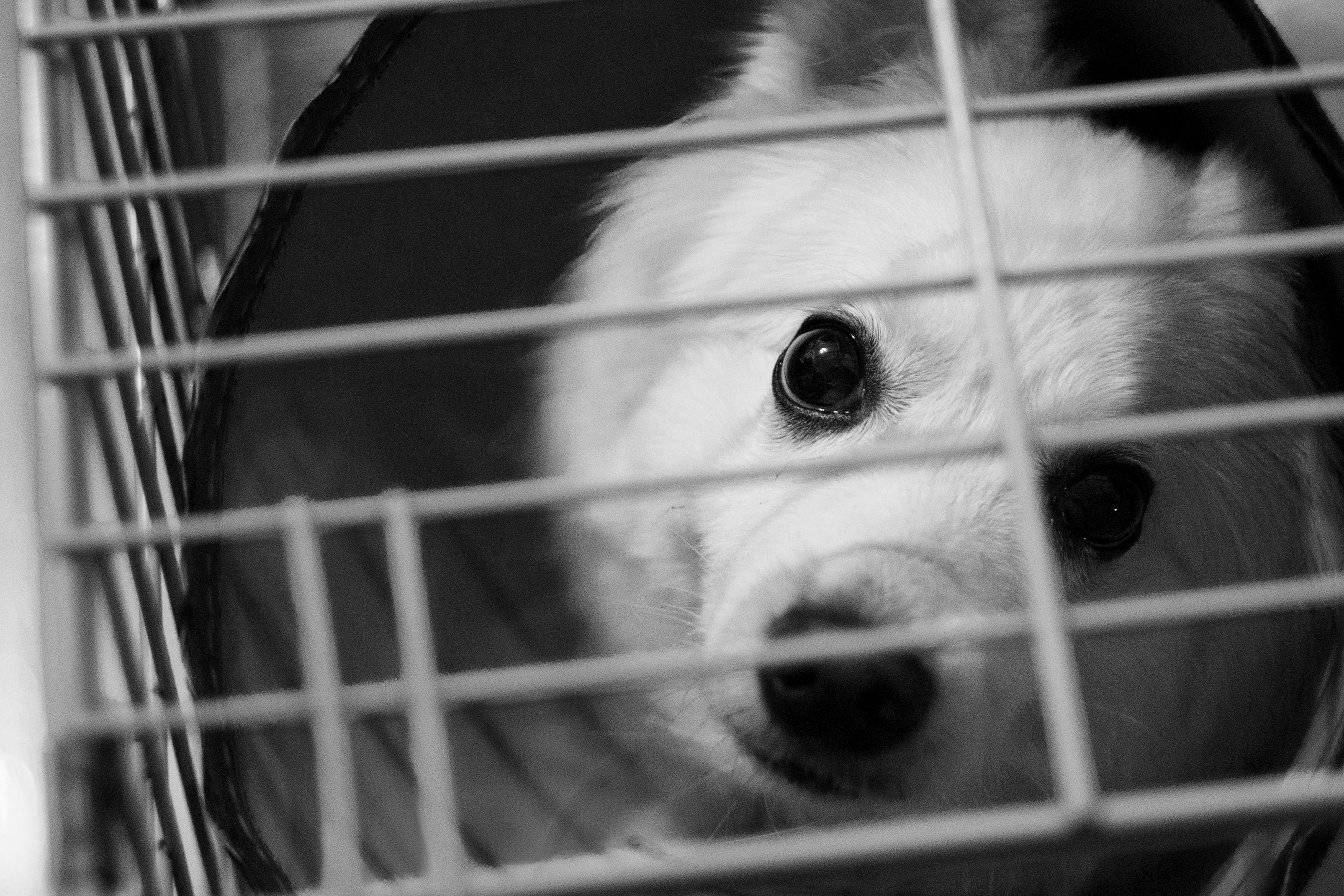
Forcefully exercising your puppy or dog can cause serious injury and permanent damage
How many times have you heard, “We have the puppy or the dog, to go for a run with me or my…” Many fitness enthusiasts would love to exercise with their pet. They envision keeping fit, not to mention sharing adventures and exploring new horizons together. They don’t realize that forceful exercise would be causing serious lifelong pain and damage to their pet.
Before you inadvertently cause serious injury and possibly permanent damage to your puppy or young dog’s joints and bones, there are a few things to keep in mind. First of all, never allow any pup younger than 6 months to force exercise. Forced exercise is any repetitive movement, over a prolonged period of time, that places stress on developing joints and bones. That includes jogging, biking, skating, skateboarding, or even pulling sleds or carts.
Not all dogs or breeds are capable of extreme endurance and forced exercise. Particular attention should be paid to the types and amount of exercise that brachycephalic (ie short-headed) breeds can undertake, for example, Boxers, English Bulldogs, French Bulldogs, Boston Terriers, and Pugs. Large and giant breeds, such as Great Danes, Irish and Russian Wolfhounds, and Mastiffs, also require unique considerations when putting together an exercise program for dogs and owners.
Just like human babies, puppies have growth plates that need to form and seal. It’s called an epiphyseal scar. If hardening of the soft area where bone growth originates is not allowed to occur, your puppy’s or young dog’s bones bow because they do not meet at the ends with the connecting bone. The epiphyseal plate is a cartilage of the palate at the end of the long bones. It can also be the location of endocrine bone disorders, fractures, metastases, and even infections.
Dogs have 14 sets of growth plates. With small to medium sized dogs, the process usually takes 12-16 months. With those who will be over 100 pounds, the process typically takes at least 18 months to complete. Most reputable breeders and veterinarians believe that large and giant breeds may not complete the process until they are about 2 years old. Be patient. Starting your dog too young will most likely cause concussion damage such as fractures or joint damage that can lead to arthritis, elbow and hip problems.
It is suggested that your puppy or young dog be X-rayed so that there is a baseline to work from. With that, your vet will be able to estimate how long you should wait for the plaques to close and you can start exercising with your dog.
While you wait for your pet to mature, you can work on its stamina. Focus on your cardiovascular and muscular development with non-stressful exercises like swimming. Swimming is a great way to get and keep your dog in shape, without straining the bones and joints. It’s also a wonderful way to continue exercising with your dog into his old age, when you can no longer join him on those runs.
Once you get the go-ahead from your vet, start slowly. Don’t expect your puppy or dog to maintain their usual distance and speed immediately. They have to gradually work towards it.
Watch for heavy panting, limping, and whimpering. Your dog may be in distress or in pain.
Take lots of water. Find a shady spot. Give only a little water at a time. Dogs don’t cool off by sweating like we do. They need water to prevent overheating, dehydration, and heat exhaustion.
Run only during the coolest hours of the day.
Do not feed your pet immediately before or after your run. You are at risk for cramping and gastric dilatation-volvulus (GDV), commonly known as “bloat.” GDV is the second natural cause of death in dogs.
Check his paws and pads periodically. It is much easier and more comfortable for them to be able to return home from a shorter distance.
If your dog shows signs of limping, isn’t comfortable in certain positions, won’t stop shifting his weight, whines, seems to be in pain, shows no interest in joining you, or doesn’t want to be touched in certain areas, ask him to let you know. make. your vet
If you’re lucky, too much damage hasn’t been done and your dog hasn’t been sentenced to a life of chronic pain.